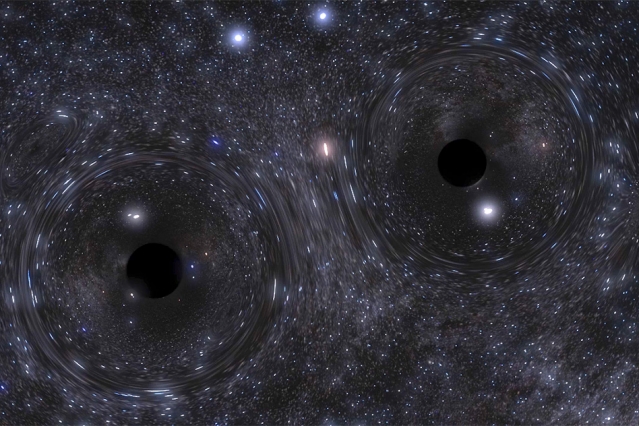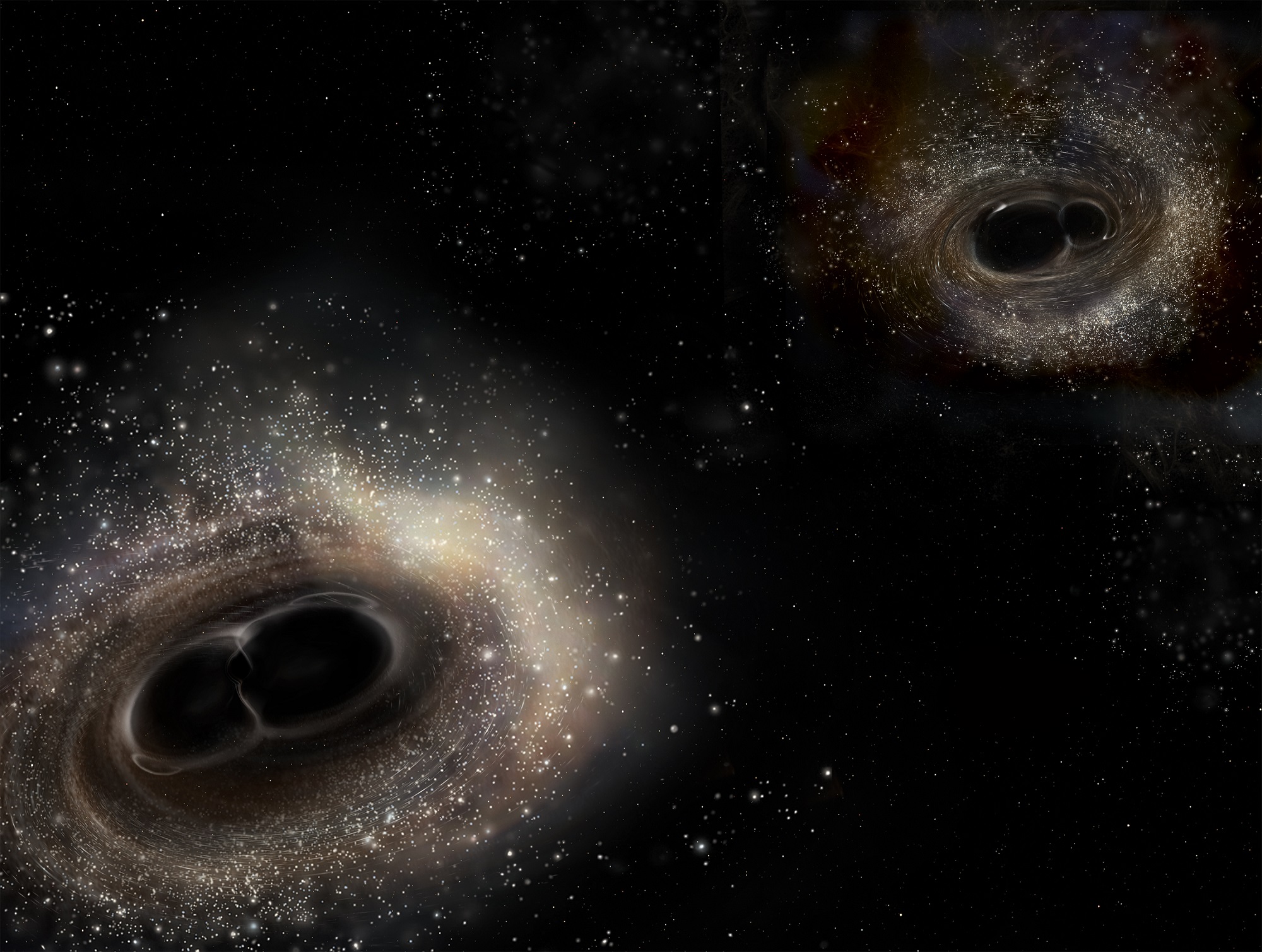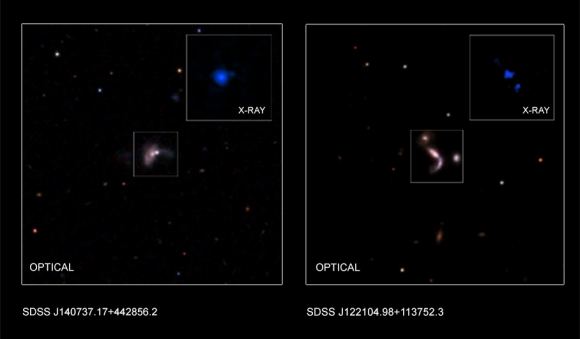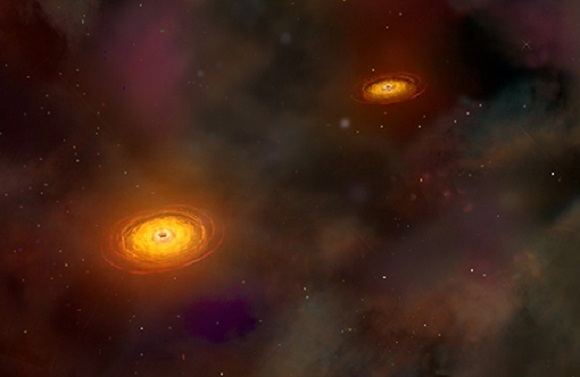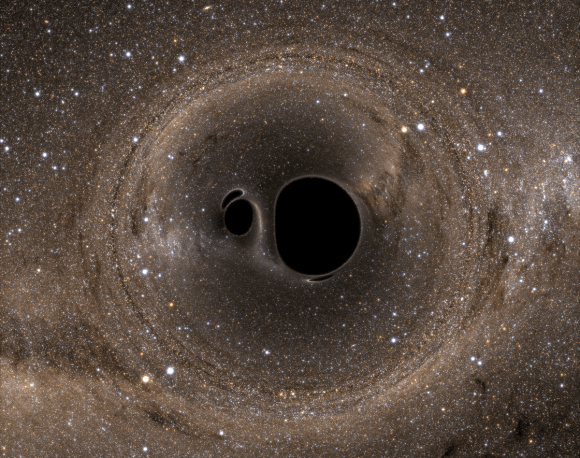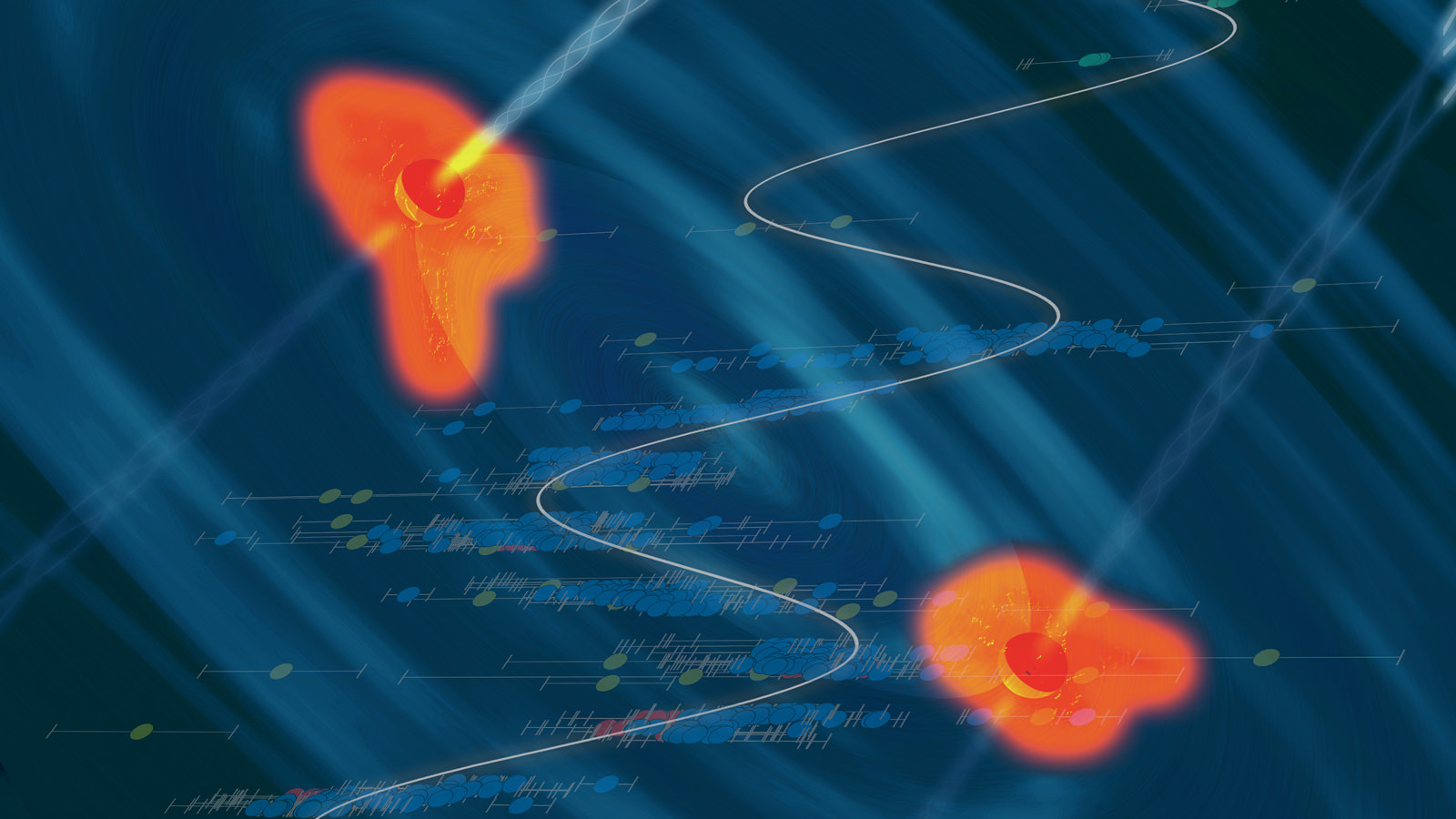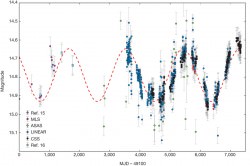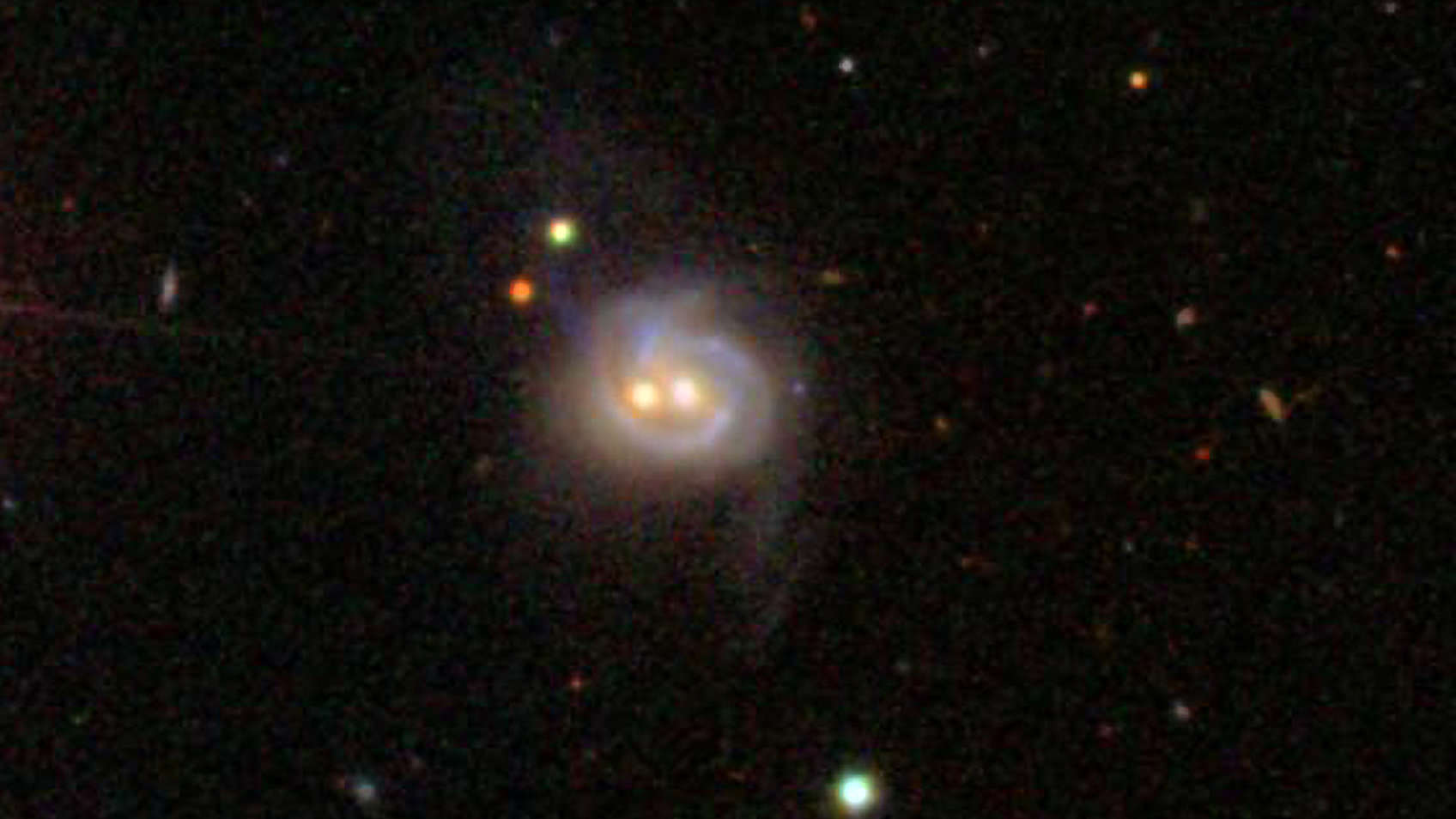In February of 2016, scientists working for the Laser Interferometer Gravitational-Wave Observatory (LIGO) made history when they announced the first-ever detection of gravitational waves. Not only did this discovery confirm a century-old prediction made by Einstein’s Theory of General Relativity, it also confirmed the existence of stellar binary black holes – which merged to produce the signal in the first place.
And now, an international team led by MIT astrophysicist Carl Rodriguez has produced a study that suggests that black holes may merge multiple times. According to their study, these “second-generation mergers” likely occur within globular clusters, the large and compact star clusters that typically orbit at the edges of galaxies – and which are densely-packed with hundreds of thousands to millions of stars.
The study, titled “Post-Newtonian Dynamics in Dense Star Clusters: Highly Eccentric, Highly Spinning, and Repeated Binary Black Hole Mergers“, recently appeared in the Physical Review Letters. The study was led by Carl Rodriguez, a Pappalardo fellow in MIT’s Department of Physics and the Kavli Institute for Astrophysics and Space Research, and included members from the Institute of Space Sciences and the Center for Interdisciplinary Exploration and Research in Astrophysics (CIERA).
As Carl Rodriguez explained in a recent MIT press release:
“We think these clusters formed with hundreds to thousands of black holes that rapidly sank down in the center. These kinds of clusters are essentially factories for black hole binaries, where you’ve got so many black holes hanging out in a small region of space that two black holes could merge and produce a more massive black hole. Then that new black hole can find another companion and merge again.”
Globular clusters have been a source of fascination ever since astronomers first observed them in the 17th century. These spherical collections of stars are among the oldest known stars in the Universe, and can be found in most galaxies. Depending on the size and type of galaxy they orbit, the number of clusters varies, with elliptical galaxies hosting tens of thousands while galaxies like the Milky Way have over 150.
For years, Rodriguez has been investigating the behavior of black holes within globular clusters to see if they interact with their stars differently from black holes that occupy less densely-populated regions in space. To test this hypothesis, Rodriguez and his colleagues used the Quest supercomputer at Northwestern University to conduct simulations on 24 stellar clusters.
These clusters ranged in size from 200,000 to 2 million stars and covered a range of different densities and metallic compositions. The simulations modeled the evolution of individual stars within these clusters over the course of 12 billion years. This span of time was enough to follow these stars as they interacted with each other, and eventually formed black holes.
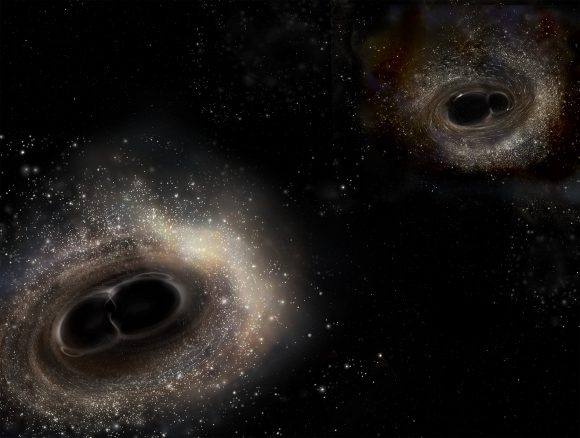
The simulations also modeled the evolution and trajectories of black holes once they formed. As Rodriguez explained:
“The neat thing is, because black holes are the most massive objects in these clusters, they sink to the center, where you get a high enough density of black holes to form binaries. Binary black holes are basically like giant targets hanging out in the cluster, and as you throw other black holes or stars at them, they undergo these crazy chaotic encounters.”
Whereas previous simulations were based on Newton’s physics, the team decided to add Einstein’s relativistic effects into their simulations of globular clusters. This was due to the fact that gravitational waves were not predicted by Newton’s theories, but by Einstein’s Theory of General Relativity. As Rodriguez indicated, this allowed for them to see how gravitational waves played a role:
“What people had done in the past was to treat this as a purely Newtonian problem. Newton’s theory of gravity works in 99.9 percent of all cases. The few cases in which it doesn’t work might be when you have two black holes whizzing by each other very closely, which normally doesn’t happen in most galaxies… In Einstein’s theory of general relativity, where I can emit gravitational waves, then when one black hole passes near another, it can actually emit a tiny pulse of gravitational waves. This can subtract enough energy from the system that the two black holes actually become bound, and then they will rapidly merge.”
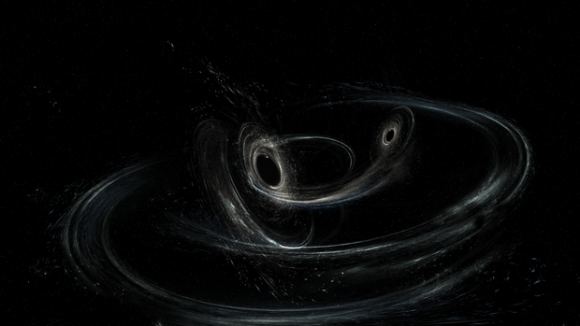
What they observed was that inside the stellar clusters, black holes merge with each other to create new black holes. In previous simulations, Newtonian gravity predicted that most binary black holes would be kicked out of the cluster before they could merge. But by taking relativistic effects into account, Rodriguez and his team found that nearly half of the binary black holes merged to form more massive ones.
As Rodriguez explained, the difference between those that merged and those that were kicked out came down to spin:
“If the two black holes are spinning when they merge, the black hole they create will emit gravitational waves in a single preferred direction, like a rocket, creating a new black hole that can shoot out as fast as 5,000 kilometers per second — so, insanely fast. It only takes a kick of maybe a few tens to a hundred kilometers per second to escape one of these clusters.”
This raised another interesting fact about previous simulations, where astronomers believed that the product of any black hole merger would be kicked out of the cluster since most black holes are assumed to be rapidly spinning. However, the gravity wave measurements recently obtained from LIGO appear to contradict this, which has only detected the mergers of binary black holes with low spins.
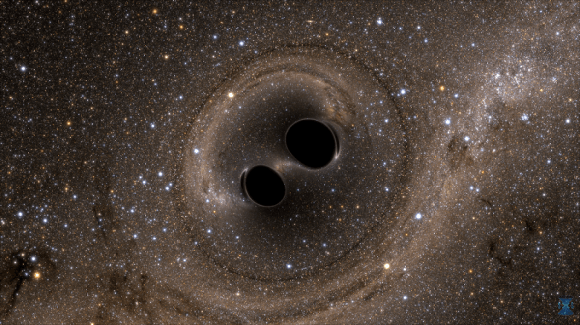
This assumption, however, seems to contradict the measurements from LIGO, which has so far only detected binary black holes with low spins. To test the implications of this, Rodriguez and his colleagues reduced the spin rates of the black holes in their simulations. What they found was that nearly 20% of the binary black holes from clusters had at least one black hole that ranged from being 50 to 130 solar masses.
Essentially, this indicated that these were “second generation” black holes, since scientists believe that this mass cannot be achieved by a black hole that formed from a single star. Looking ahead, Rodriguez and his team anticipate that if LIGO detects an object with a mass within this range, it is likely the result of black holes merging within dense stellar cluster, rather than from a single star.
“If we wait long enough, then eventually LIGO will see something that could only have come from these star clusters, because it would be bigger than anything you could get from a single star,” Rodriguez says. “My co-authors and I have a bet against a couple people studying binary star formation that within the first 100 LIGO detections, LIGO will detect something within this upper mass gap. I get a nice bottle of wine if that happens to be true.”
The detection of gravitational waves was a historic accomplishment, and one that has enabled astronomers to conduct new and exciting research. Already, scientists are gaining new insight into black holes by studying the byproduct of their mergers. In the coming years, we can expect to learn a great deal more thanks to improve methods and increased cooperation between observatories.
Further Reading: MIT, Physical Review Letters

